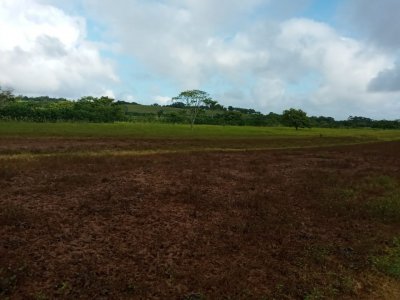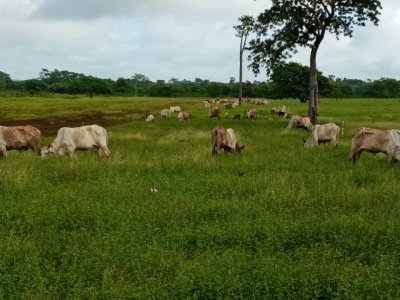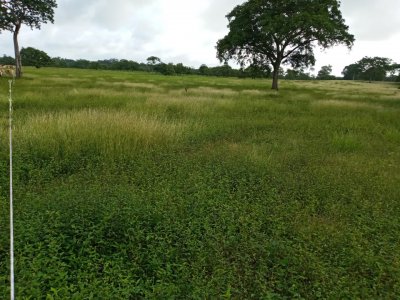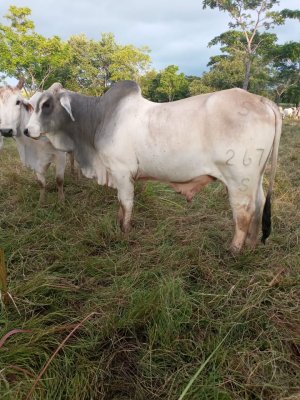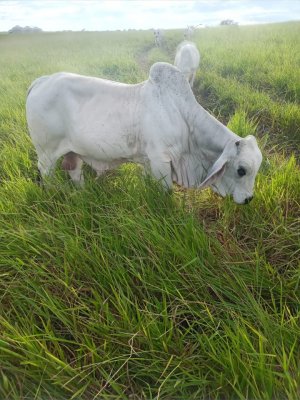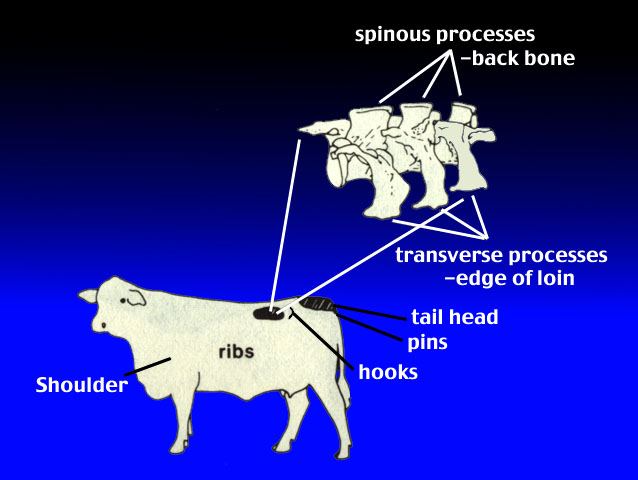Chapin81
Well-known member
Hi everyone I want to give a big thank you! To everyone that gave feedback on how to get the cattle used to the temp poly wire and rotational grazing suggestions.
The first pic shows 42 days rest period.
And the other three pics show yesterday's grazing, today's grazing and the paddocks for the next 20 days or so.
I'm very excited to see how many more head we will be able to keep even during the summer months next year. Again a big thank you to everyone.
The first pic shows 42 days rest period.
And the other three pics show yesterday's grazing, today's grazing and the paddocks for the next 20 days or so.
I'm very excited to see how many more head we will be able to keep even during the summer months next year. Again a big thank you to everyone.


